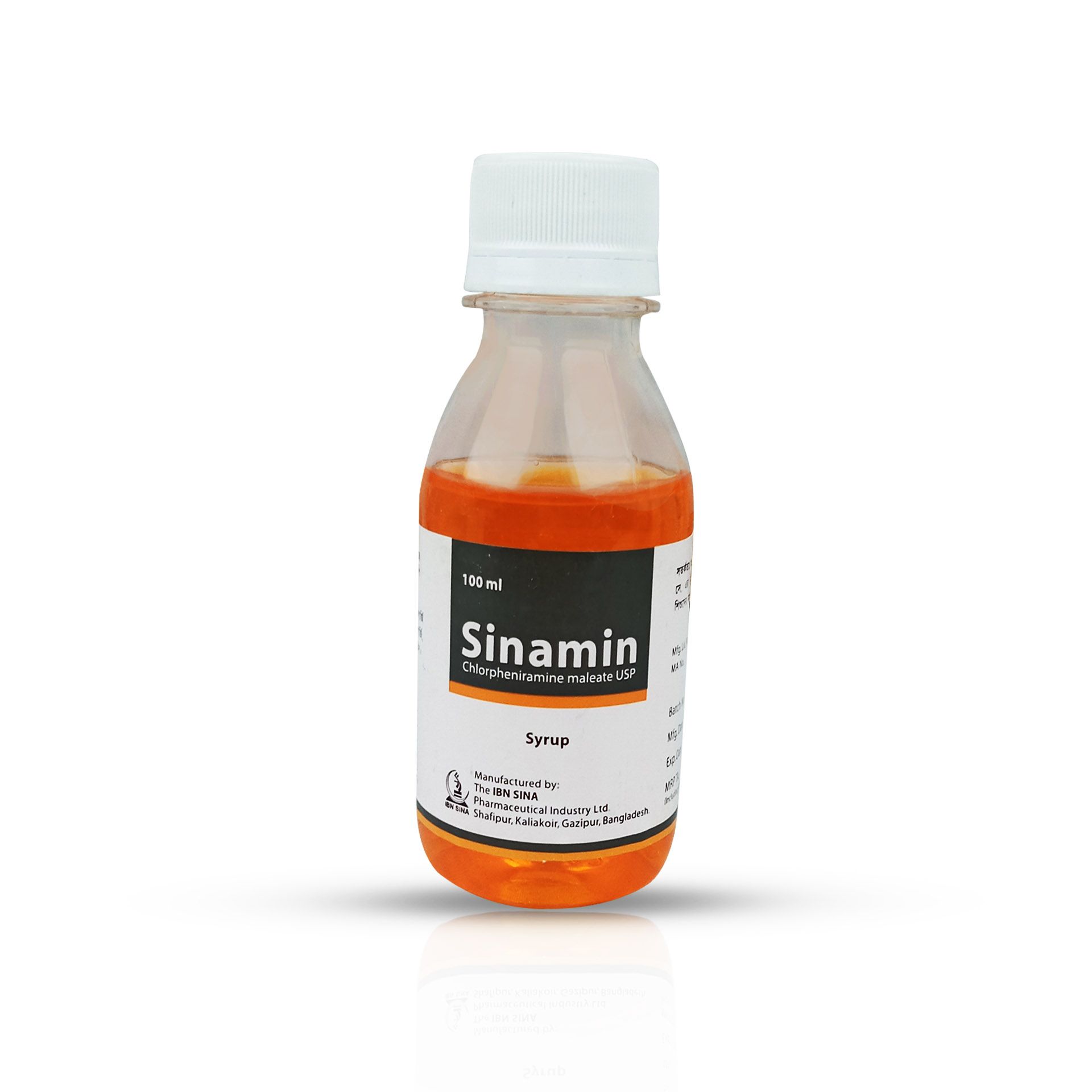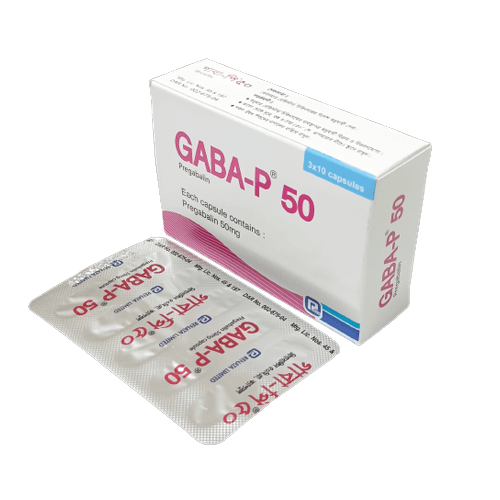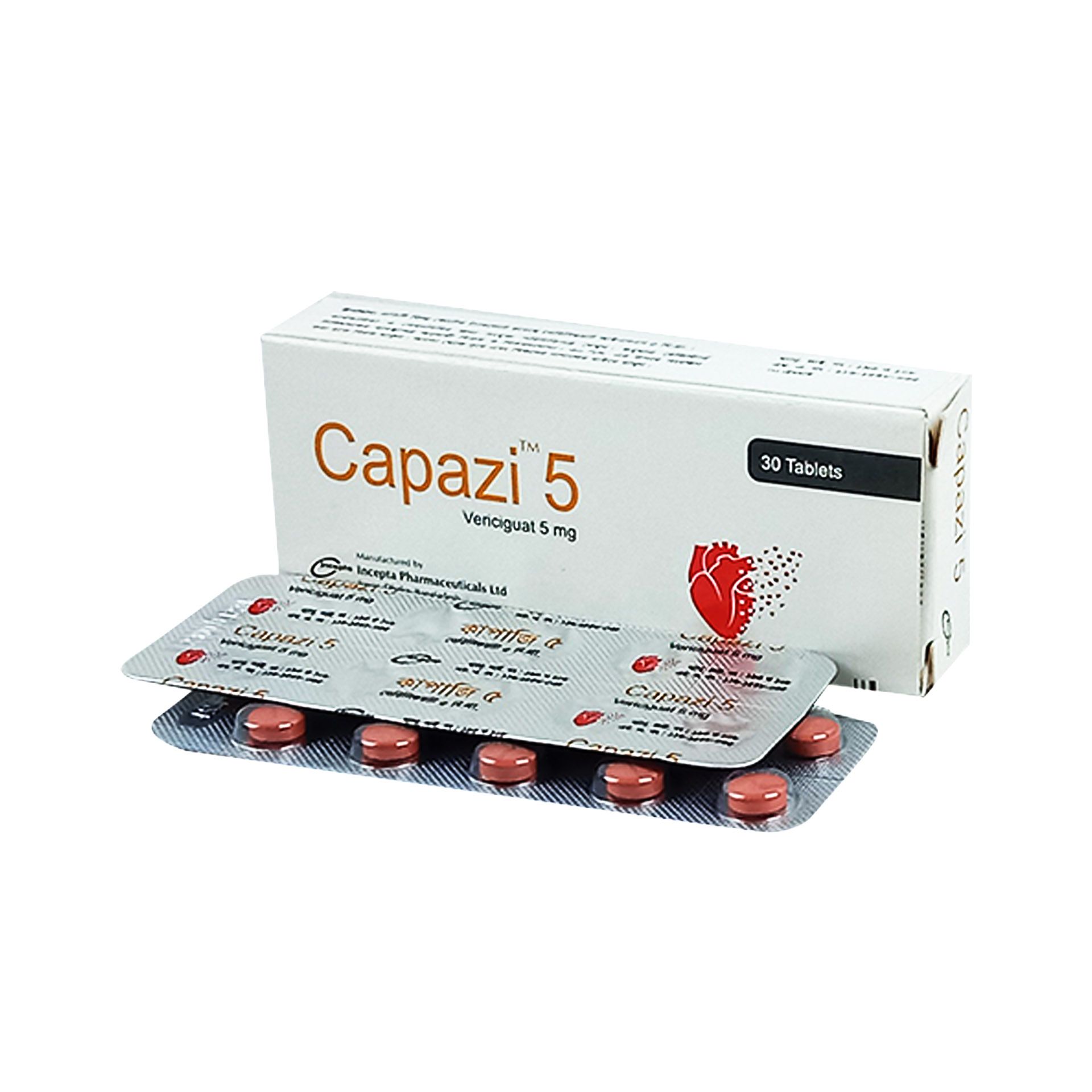



Anapril Tablet - (10mg)
(0
reviews)
Sold by
Ashik Medical
Price
৳24.00
৳27.00
/pc
-11%
Club Point:
2700
Refund
Not Applicable
Share
Top Selling Products
-
৳76.50
৳85.00 -
৳27.00
৳30.00 -
৳126.00
৳140.00 -
৳342.00
৳380.00 -
৳450.00
৳500.00 -
৳135.00
৳150.00
Reviews & Ratings
0
out of 5.0
(0
reviews)
There have been no reviews for this product yet.
Introduction
Anapril belongs to a group of medicines known as angiotensin converting enzyme (ACE) inhibitors. It is widely used to treat high blood pressure and heart failure and may be prescribed after a heart attack. It also lowers the chances of having a heart attack or stroke. Anapril can be prescribed either alone or in combination with other medicines. It should be taken on an empty stomach. This medicine should be taken at the same time each day to get the most benefit. It is important to continue taking it regularly even if you feel well or even if your blood pressure is controlled. Most people with high blood pressure do not feel ill, but if you stop taking this medicine, your condition could get worse. This is a widely used medicine and is considered safe for long-term use. Making some changes in your lifestyle will also help lower your blood pressure. These may include regular exercise, losing weight, smoking cessation, reducing alcohol intake, and reducing the amount of salt in your diet as advised by your doctor. The most common side effects of this medicine include feeling dizzy or drowsy, headache, dry cough, fatigue, nausea, vomiting, diarrhea, stomach pain, and low blood pressure. Most of these are temporary and resolve with time. Talk to your doctor if any of the side effects bother you or do not go away. Before taking this medicine, let your doctor know if you have any kidney or liver problems. Pregnant or breastfeeding mothers should also consult their doctor before taking it. Your doctor may check your kidney function, blood pressure and potassium levels in your blood at regular intervals while you are taking this medicine.
Uses of Anapril
- Hypertension (high blood pressure)
- Prevention of heart attack and stroke
- Heart failure
Side effects of Anapril
Common
- Decreased blood pressure
- Cough
- Increased potassium level in blood
- Fatigue
- Weakness
- Dizziness
How to use Anapril
Take this medicine in the dose and duration as advised by your doctor. Swallow it as a whole. Do not chew, crush or break it. Anapril may be taken with or without food, but it is better to take it at a fixed time.
How Anapril works
Anapril is an angiotensin converting enzyme (ACE) inhibitor. It works by reducing stress on the heart and relaxing blood vessel so that blood flows more smoothly and the heart can pump blood more efficiently.
What if you forget to take Anapril?
If you miss a dose of Anapril, skip it and continue with your normal schedule. Do not double the dose.
Quick Tips
- It should be taken with or without food, preferably at the same time each day.
- Anapril can make you feel dizzy for the first few days, so rise slowly if you have been sitting or lying down. You can also prefer taking it at bedtime to avoid dizziness throughout the day.
- Let your doctor know about any cough, or throat irritation that does not go away.
- It may increase the level of potassium in blood. Avoid taking potassium supplements and potassium-rich foods such as banana and broccoli.
- Inform your doctor if you are pregnant, planning pregnancy or breastfeeding.
Brief Description
Indication
Hypertension, Heart failure
Administration
May be taken with or without food.
Adult Dose
Hypertension Oral Initial: 2.5-5 mg PO qDay Maintenance: 10-40 mg/day PO qDay or divided q12hr Left Ventricular Dysfunction Initial: 2.5 mg PO q12hr May titrate up to 20 mg/day Congestive Heart Failure Initial: 2.5 mg PO qDay or q12hr Maintenance: 5-40 mg/Day PO divided q12hr; titrate slowly q2Weeks Hepatic impairment: No dosage adjustment required
Child Dose
Hypertension 1 month to 16 years (oral) Initial: 0.08 mg/kg/day PO or divided q12hr; not to exceed 5 mg/day May increase PRN q2Weeks according to blood pressure not to exceed 0.58 mg/kg/day (or 40 mg/day)
Renal Dose
Renal impairment CrCl <30 mL/min: (PO) Initiate 2.5 mg; titrate to response; not to exceed 40 mg Dialysis: 2.5 mg PO on day of dialysis; adjust dose on nondialysis days according to BP CrCl <30 mL/min: (IV) Initiate 0.625 mg q6hr; titrate based on response CrCl ?30 mL/min: (PO) Initiate 5 mg/day; titrate to maximum of 40 mg CrCl ?30 mL/min: (IV) 1.25 mg q6hr; titrate based on response
Contraindication
Hypersensitivity. History of angioedema due to previous treatment with ACE inhibitors; bilateral renal artery stenosis. Pregnancy.
Mode of Action
Enalapril, a prodrug of enalaprilat, competitively inhibits ACE from converting angiotensin I to angiotensin II (a potent vasoconstrictor) resulting in increased plasma renin activity and reduced aldosterone (a hormone that causes water and Na retention) secretion. This promotes vasodilation and BP reduction.
Precaution
Impaired renal function. Hyperkalaemia, hypovolaemia, collagen vascular disease, valvular stenosis, during or immediately before or after anaesthesia, unilateral renal artery stenosis. Hypotension due to volume depletion, diuretic therapy. Monitor WBC count. Lactation, children.
Side Effect
1-10% Dizziness (4-8%),Hypotension (0.9-6.7%),Headache (2-5%),Chest pain (2%),Cough (1-2%),Rash (1.5%) Frequency Not Defined Asthenia,Nausea,Vomiting,Hyperkalemia Potentially Fatal: Angioedema.
Pregnancy Category Note
Pregnancy May cause fetal harm when administered to a pregnant woman; use of drugs that act on renin-angiotensin system during second and third trimesters of pregnancy reduces fetal renal function and increases fetal and neonatal morbidity and death; when pregnancy is detected, discontinue therapy as soon as possible Hypertension in pregnancy increases maternal risk for pre-eclampsia, gestational diabetes, premature delivery, and delivery complications (e.g., need for cesarean section, and post-partum hemorrhage); hypertension increases fetal risk for intrauterine growth restriction and intrauterine death; pregnant women with hypertension should be carefully monitored and managed accordingly Lactation Enalapril and enalaprilat have been detected in human breast milk; because of potential for serious adverse reactions in breastfed infant, including hypotension, hyperkalemia, and renal impairment, advise women not to breastfeed during therapy
Interaction
May potentiate hypotensive action w/ diuretics, other antihypertensives, TCAs, nitrates or anaesth. Concomitant admin w/ lithium carbonate may cause lithium toxicity. Increased risk of renal impairment w/ NSAIDs. May increase hyperkalaemic effect w/ K-sparing diuretics and supplements.
Frequently Bought Products
Product Queries (0)
Login Or Registerto submit your questions to seller
Other Questions
No none asked to seller yet
Top Selling Products
-
৳76.50
৳85.00 -
৳27.00
৳30.00 -
৳126.00
৳140.00 -
৳342.00
৳380.00 -
৳450.00
৳500.00 -
৳135.00
৳150.00








